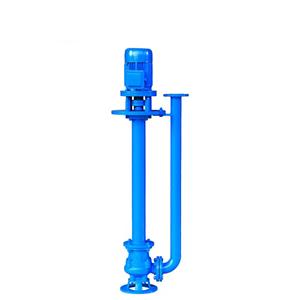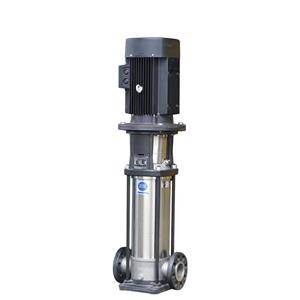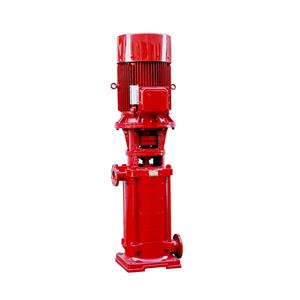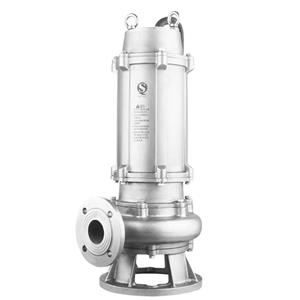Company news
-
Fluid transportation systems rely heavily on pumps tailored to specific liquid properties, with oil and water representing two extremes in viscosity and density. This paper examines how these inherent fluid characteristics dictate energy consumption disparities between oil and water pumps, while exploring their respective industrial strengths.
-
In the realm of fluid transfer, oil pumps and water pumps play pivotal roles across various industries. While both serve the fundamental purpose of moving liquids, their operational principles, energy efficiency, and advantages differ significantly due to the distinct properties of the fluids they handle. This essay delves into the comparative analysis of oil pumps and water pumps, focusing on their energy efficiency and unique advantages.
-
Material selection significantly impacts pump performance in corrosive, abrasive, and high-temperature environments. This section explores metallurgical properties, surface treatments, and structural design considerations.
-
The debate over replacing pulp pumps with sewage pumps in industrial operations requires empirical analysis of performance metrics, maintenance costs, and failure patterns. This post examines four representative case studies from global paper and wastewater treatment facilities to evaluate interchangeability feasibility.
-
As industries continue to evolve, so too does the technology that supports them. Pumps, being critical components in various industrial processes, are no exception. Both single-stage and multi-stage pumps are undergoing advancements that aim to improve their efficiency, reliability, and sustainability. This article will explore the future trends in single-stage and multi-stage pump technology, highlighting the innovations that are shaping the future of these essential devices.
-
Selecting the right pump for an industrial application involves understanding the specific requirements of the task at hand. Single-stage and multi-stage pumps each have their own strengths and weaknesses, making them suitable for different applications. This article will provide a comparative analysis of single-stage and multi-stage pumps, highlighting their performance, efficiency, and suitability for various industrial tasks.
-
Single-stage pumps are widely used in various industrial applications due to their simplicity and reliability. However, like any piece of equipment, they have their advantages and disadvantages. This article will explore the pros and cons of single-stage pumps in industrial settings, helping engineers and decision-makers make informed choices when selecting pumps for their operations.
-
Pumps are essential components in various industrial applications, from water supply and wastewater treatment to oil and gas extraction. Among the different types of pumps, single-stage and multi-stage pumps are two of the most commonly used. Understanding the basic differences between these two types of pumps is crucial for selecting the right pump for a specific application. This article will delve into the fundamental differences between single-stage and multi-stage pumps, their working principles, and their general applications.
-
Advanced diagnostics and predictive maintenance are revolutionizing the way screw pumps are maintained. By leveraging data and technology, operators can predict potential failures before they occur, minimizing downtime and reducing maintenance costs. This post will explore advanced diagnostic techniques and predictive maintenance strategies for screw pumps, supported by real-world examples and data.
-
Troubleshooting is a critical skill for maintaining the performance and reliability of screw pumps. By identifying and resolving common issues, operators can prevent costly downtime and extend the pump's lifespan. This post will explore common issues in screw pumps, their causes, and troubleshooting techniques, supported by real-world examples and data.




